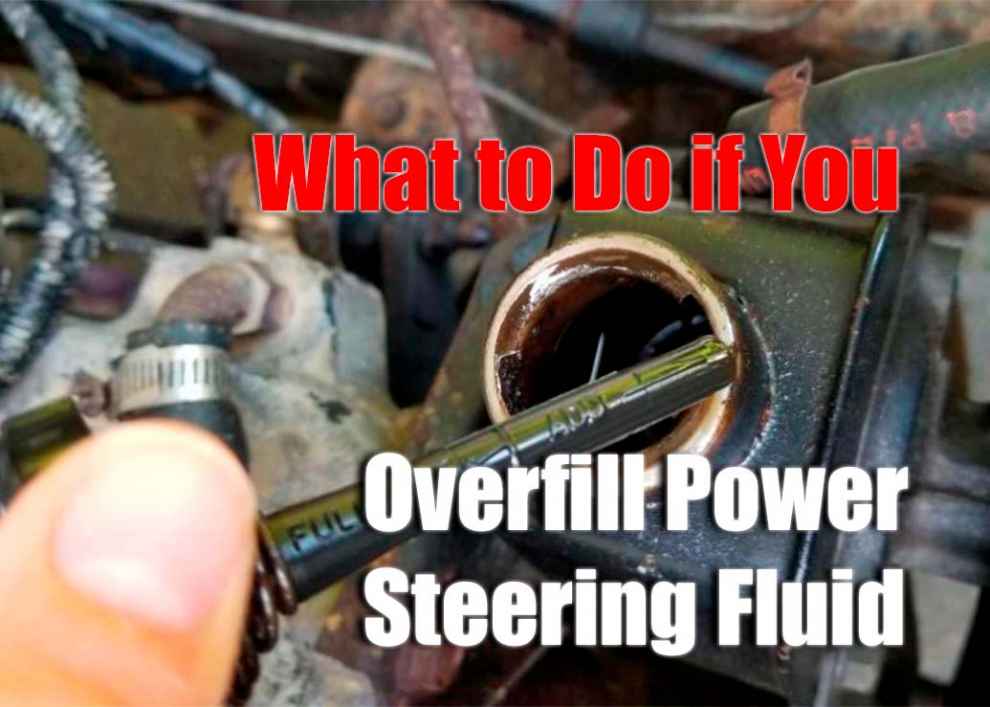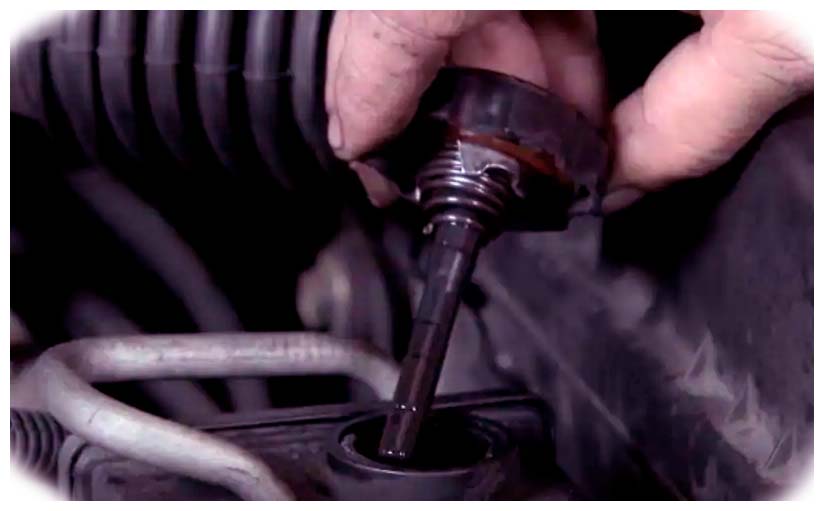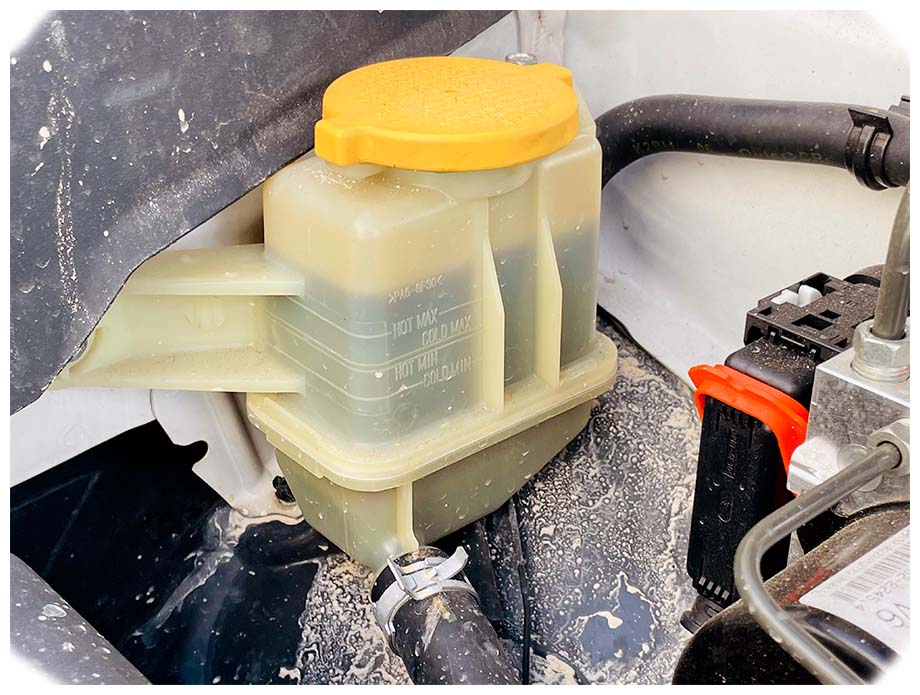If your Jeep is driving with a squealing noise or a jerking feeling when turning, it may be due to an overfilled power steering fluid reservoir. Overfilling power steering fluid in your Jeep can cause major damage to the power steering system and should not be ignored. Jeep owners need to know how to properly check and maintain their vehicle’s power steering fluid level.
 Checking the Level of Power Steering Fluid
Checking the Level of Power Steering Fluid
To prevent overfilling your Jeep’s power steering fluid, check its level regularly. First, start the engine and turn the wheel from lock to lock several times. Then, stop the engine and open the cap on top of the reservoir tank. Check for any debris floating in the tank and use a dipstick or ruler to measure its fullness. The dipstick or ruler should indicate if you need more or less fluid; if there are no markings on either one, add one quart at a time until you reach the correct level indicated by manufacturer specifications in your owner’s manual or service manual.
Risks of Overfilling Power Steering Fluid
Overfilling power steering fluid in your Jeep can lead to a variety of problems and is something that should be avoided. When you overfill the system, air bubbles form, and block the fluid from being able to circulate properly. This causes the pump to work harder, leading to premature wear and tear on the system. The air bubbles can also cause what is known as cavitation, which can further damage the pump by creating an uneven pressure distribution throughout it. In addition to this, you may want to learn about how to turn off power steering in a Jeep. This information could be useful in certain situations where the power steering system might need to be temporarily disabled.
Causes of Overfilling Power Steering Fluid
The most common causes of overfilled power steering systems are due to leaks or improper maintenance. To check for leaks, inspect all hoses and connections associated with the power steering system for any signs of wear or damage. If a leak is suspected, repair it as soon as possible to prevent any further damage caused by overfilling the power steering fluid in your Jeep. It’s also important not to add excessive amounts of fluid when topping up; instead, refer back to your owner manual or service manual for instructions on how much fluid is needed.
 How to Fix an Overfilled System
How to Fix an Overfilled System
If you suspect that you have overfilled your Jeep’s power steering reservoir, you will need to take steps to fix the system. First, ensure that the engine is turned off, and then check the level of fluid in the reservoir by using a dipstick or ruler. If there is too much fluid, you must drain some until it reaches the correct level indicated in your owner’s manual or service manual. Once you have done this, start up the engine and turn it off again several times while turning your wheel from lock-to-lock. Be sure to add only a little fluid during this process as overfilling can lead to further damage.
Conclusion
Overfilling power steering fluid in your Jeep can lead to costly repairs and should be avoided at all costs. It is important for Jeep owners to regularly check their vehicle’s power steering levels and top up with only small amounts of fluid when needed. If a leak is suspected or an overfilled system is discovered, be sure to repair any issues as soon as possible to prevent any further damage caused by overfilling power steering fluid in your Jeep.

 Checking the Level of Power Steering Fluid
Checking the Level of Power Steering Fluid How to Fix an Overfilled System
How to Fix an Overfilled System
Add Comment